NFFTY (Országos Filmfesztivál a Tehetséges Fiatalokért) was founded in 2007. Since then, it has grown into the world’s largest film festival for emerging directors. Every year, a fesztivál rendezők filmjeit mutatja be 24 and under. In addition to offering a platform to showcase young storytellers, Az NFFTY egész évben workshopokat és egyéb forrásokat biztosít a fiatalok tehetségének támogatására.
Because of COVID19, 2020/2021 can be described as years shaped by global upheaval, travel restrictions, and in many parts of the country and indeed the world, lockdowns. Every film festival in the world has had to either cancel their programs altogether or adapt.
What will NFFTY do next?
A Global Search for Education is pleased to welcome Dan Hudson, Executive Director of NFFTY.
És, we admire your commitment to providing a platform for youth to showcase their films. Could you tell us about your new online film festival? How are you connecting this with the traditional NFFTY film festival? What is the most challenging aspect of the online festival?
NFFTY as a festival is pretty unique in that we showcase over 250 short films in a four-day weekend…ez, in a normal, non-pandemic year. When we made the decision to run our 2020 festival fully virtually, we didn’t want to reduce the scope of the festival, and in fact, looked at ways to expand it. This had some great upsides, such as longer and more in-depth Q&As with more filmmakers and industry guests able to participate, by virtue of their not having the budgetary or availability restrictions of travelling to Seattle. Azonban, watching the same amount of films on a platform similar to Netflix or Hulu just doesn’t have the same appeal after spending so much of our time staring at screens for the past year and a half, including for work and school. In our conversations with other festival organizers…moving online has definitely brought in new audiences, but most are watching less overall than they do at an in-person festival. Due to our scale, and the serendipity achieved by having a convergence of young persons, we are not going to have an exclusively online festival again…and are moving our next edition to April 2022 to better ensure that travel and in-person programming has returned to a sense of normalcy.
As we look to the future, we will continue to think about new ways to program with the new options afforded to us by technologies and platforms we invested in to produce a full-scale festival virtually — but will focus on screenings. Watching short films online is great on a one-off basis, as we’ve seen with our popular year-round Film of the Week program, but watching block after block of short films on your computer or TV does not have the luster or energy of an in-venue experience on the big screen, surrounded by hundreds of young filmmakers from around the world.
These are, persze, trying times due to the pandemic. In your perspective, how has the pandemic affected young filmmakers in terms of their output and how are they managing to work around the safety and production challenges. Did the experience of adjusting and adapting to the pandemic elevate and/or diminish creativity in any way?
There were a lot of student filmmakers who had their productions severely disrupted, especially in the Spring of 2020 when many of them were preparing thesis or capstone projects. Our hearts go out to those students…and the educators who had to learn how to teach a hands-on collaborative medium remotely and virtually! We’re heartened to hear that many of those planned projects have been able to be completed or are in the process of completion after long delays.
One thing we have seen across the board is that young filmmakers are not daunted by limitations. When you are making a film you have all sorts of limitations: what locations you can use, what level of talent you can get to agree to be in your film (especially if you have no budget), how nice of a camera you have to work with, stb. And of course when you’re on set, you have to respond and improvise due to all sorts of conditions outside of your control: the weather, someone’s travel visa got delayed, or maybe a scene’s just not working. While we’ve seen some moments of elevated creativity to overcome some challenges specific to production during COVID-19, overall it was just the sort of flexibility and ingenuity that comes with the territory when you’re making films!
Audiences still crave stories…perhaps now more than ever as watching movies and TV at home has been one of the only safe modes of entertainment during lockdown.
What sorts of films is NFFTY featuring this year? Is there a common thread, theme, or overall message connecting all these films?
In the wake of the murder of George Floyd and the insurrection at the US Capitol building, we knew that business as usual was not possible to create a more just and inclusive world. We know that in a small way we can have an impact on the larger film and television industry with which filmmakers get access to what opportunities, and we have made some renewed commitments to achieve those ends. At NFFTY we have been taking strides to more accurately reflect this in our festival selections, and have had parity in gender representation at our past three festival editions. As a national festival, we try to be as fully representative of youth from all racial/ethnic backgrounds, as well as other folks who have been traditionally marginalized both in front of and behind the camera. Ezt szem előtt tartva, and to help address historic inequalities perpetuated by white supremacy, we have special focus at our upcoming edition to elevate and celebrate Black, Indigenous, and youth living with disabilities. All youth who identify with these backgrounds are eligible for discounts or waivers to submit their projects, and we fundraise to help support travel and lodging to attend the festival.
What would you say are the biggest changes you’ve seen since you began the festival in 2007? How are technological advances, such as digital recreation and virtual reality, changing and influencing the way young filmmakers craft and convey their stories? How are technological advances changing and influencing the way audiences understand and interact with the stories?
When we first started the festival, it was to create a platform for recognizing and celebrating the work of young filmmakers as having professional merit, and to combat the mindset that student films are amateur and poor quality. YouTube and other video hosting sites were just barely beginning to come into existence. We were fighting to create opportunities for young filmmakers to get seen and have their work valued. Nowadays there are so many platforms for young filmmakers to create and share stories, and also to get paid for their work, that this paradigm shift has arrived. And you can shoot really great HD video with your phone, the equipment has become so accessible to make something with enough resolution and audio quality that will keep an audience’s attention. While there is still ageism at play in the industry, there is also a democratization to let creators build their audience without gatekeepers. Végül…if you’re successful on YouTube, TikTok, Instagram, stb…the gatekeepers will come to you!
From our particular vantage point on other emerging technologies such as VR…there are huge barriers to entry to learn how the technology works, conceptualize how to tell compelling stories with it, and have access to the equipment to shoot, edit, and create on it. While traditional “2D” filmmaking has become easier and cheaper to make than ever before, creating compelling VR and 360 work has stayed difficult, and there is still pretty low market penetration on the devices necessary to experience the work once it’s made. Sometimes you need a really expensive computer rig with a lot of cameras, cables, and a big room to do true VR…not very mobile or wireless friendly! Most, it’s like filmmaking was 125 years ago when Thomas Edison was putting a minute of footage into a nickelodeon. Eventually it will become a really compelling medium, but it’s really labor intensive and expensive to be creating, and as a young person you can find a much wider range of possibilities and larger audience on social media or YouTube.
C.M. Rubin and Dan Hudson
The NFFTY photos at the top of article are courtesy of David Rzegocki.
Dan Hudson’s photo is courtesy of Kyle Seago.

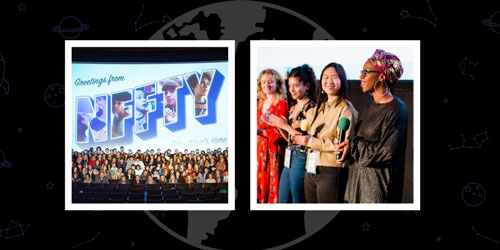
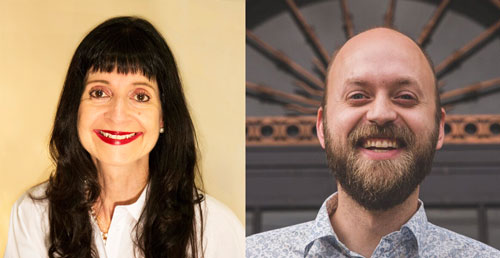
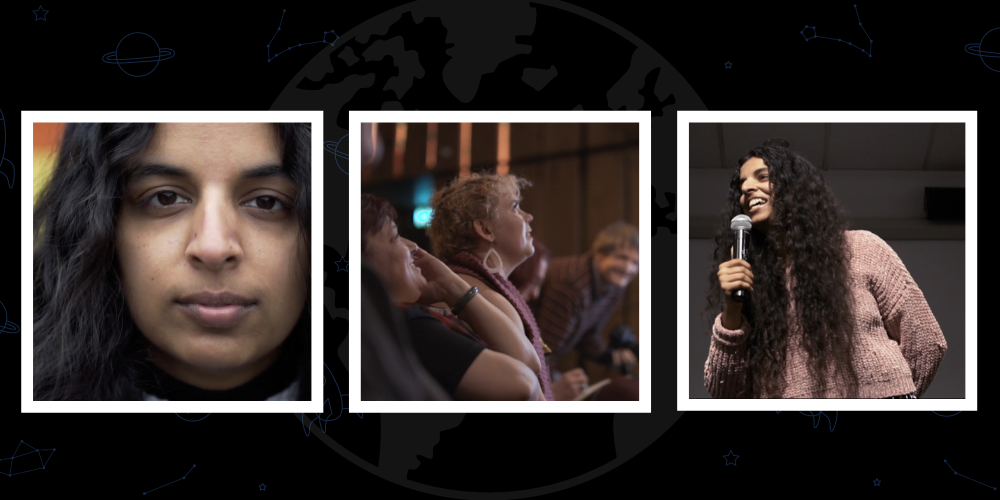
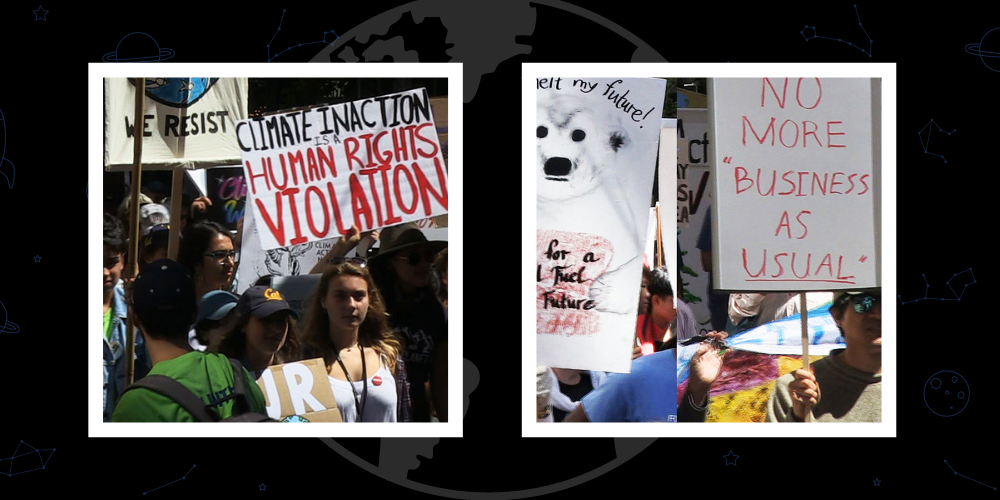
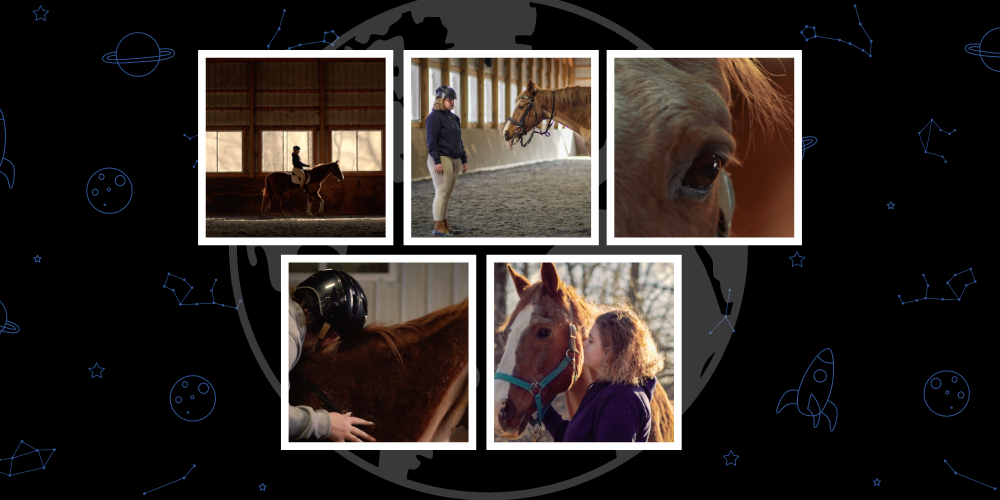
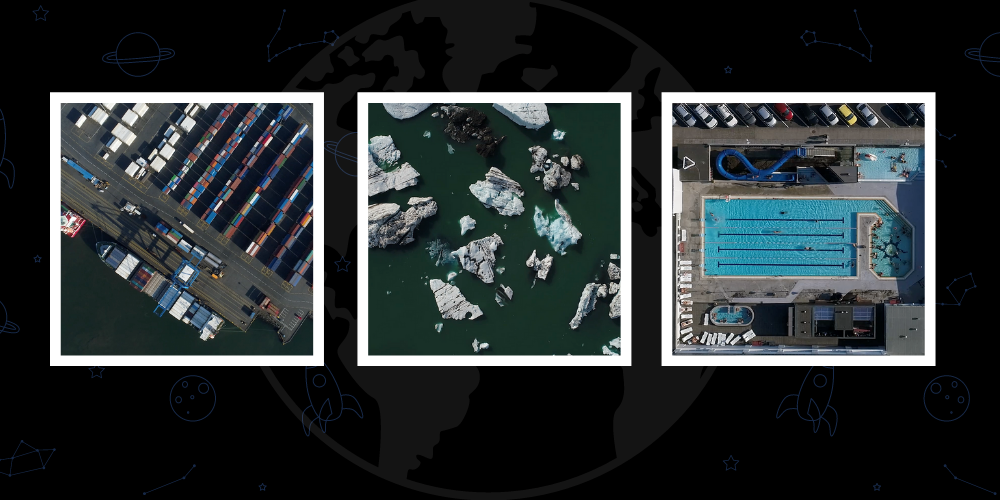
Legutóbbi hozzászólások